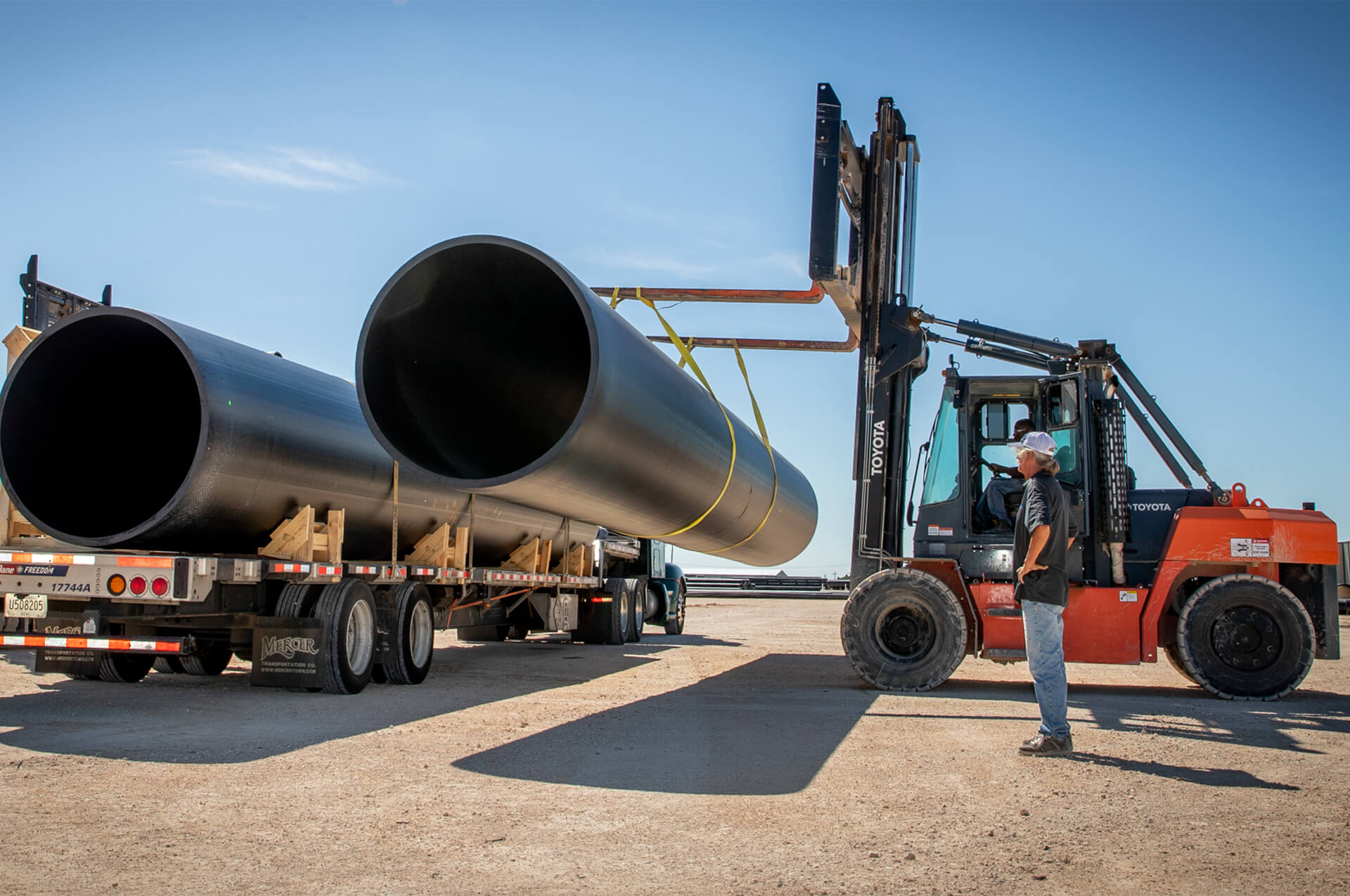Not just a superior pipe, it’s a complete pipe system.
HDPE is an established, mature pipeline system, including installation, fittings, maintenance, repair, and expansion.
The benefits of our fused pipe are clear: HDPE is a more dependable choice in more applications.
HDPE is an established, mature pipeline system, including installation, fittings, maintenance, repair, and expansion.



© Copyright 2023 Pipeline Plastics, LLC, All Rights Reserved. | Website Design by WABW Media Group